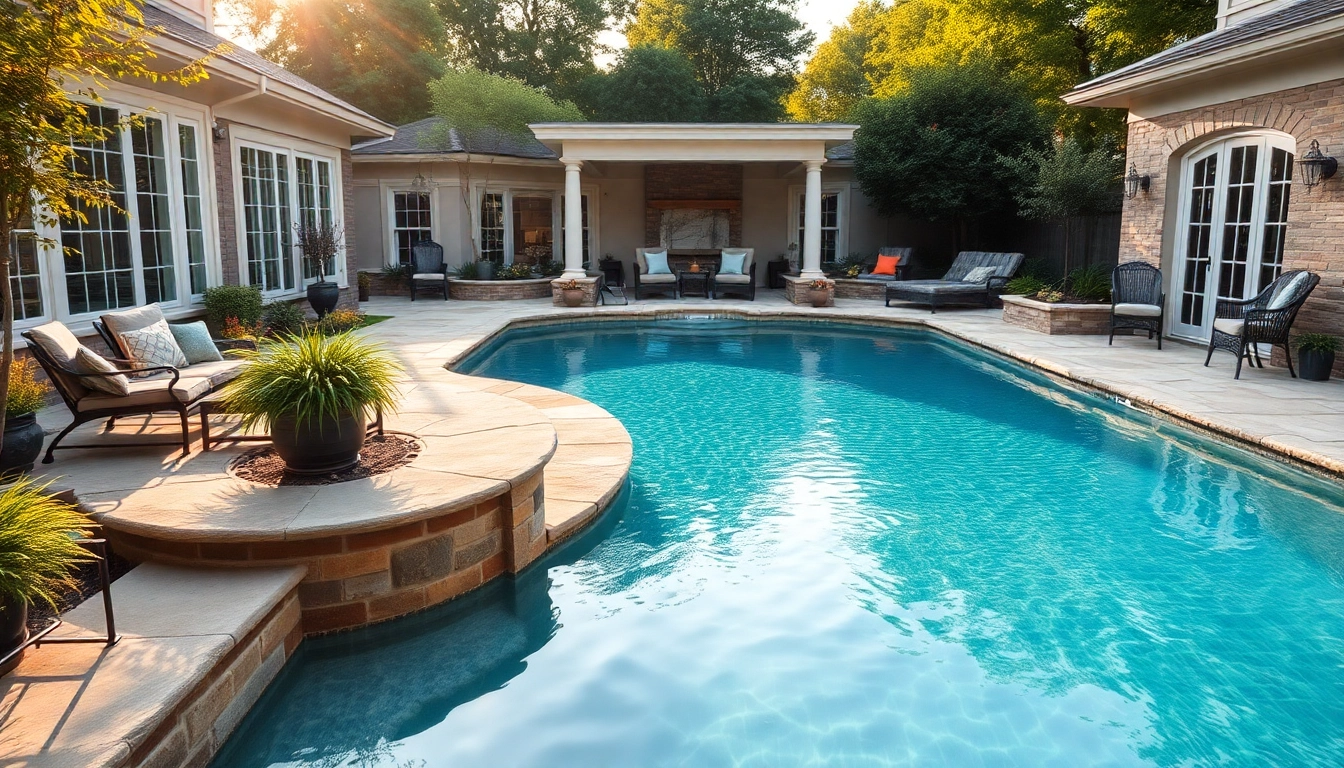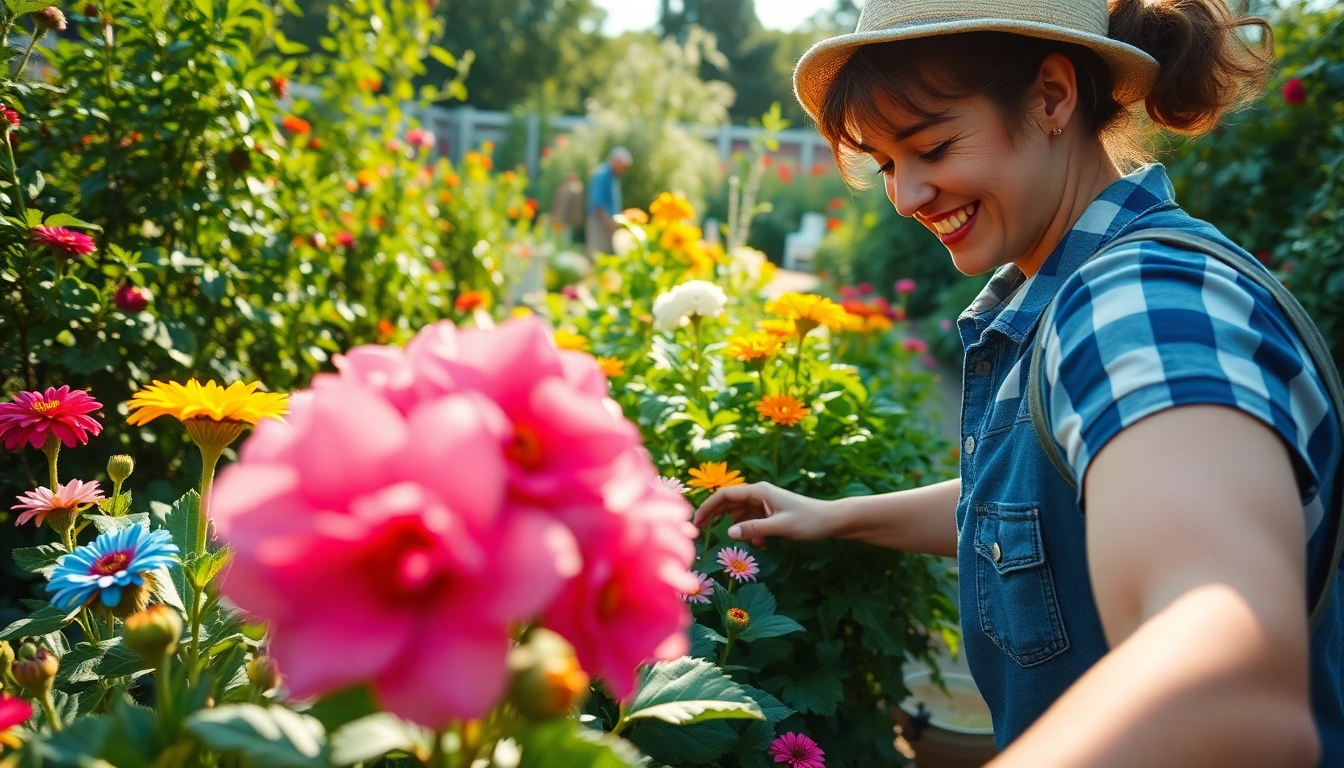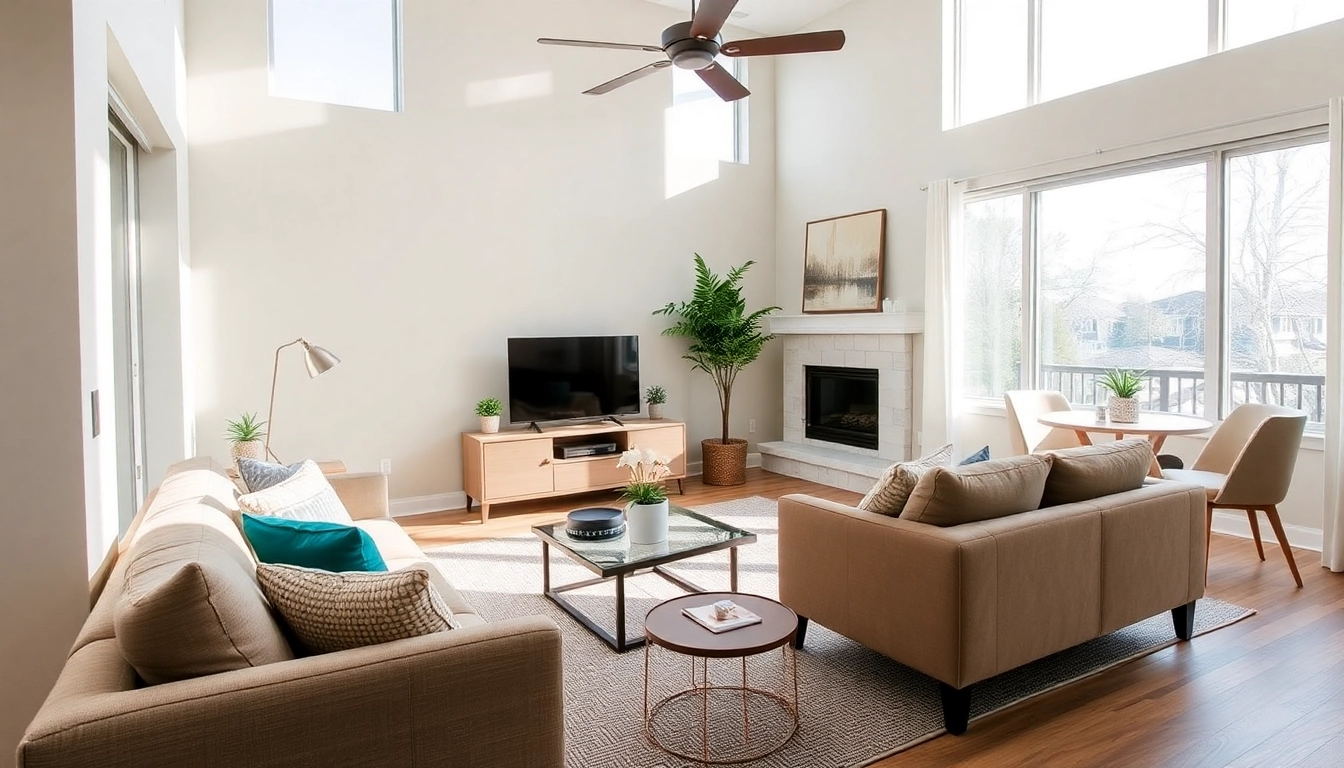1. Understanding Hardscapes & Pools: Basics and Benefits
Transforming your outdoor space with hardscapes & pools can bring countless benefits. Whether you’re looking to create a tranquil oasis for relaxation or a vibrant area for entertaining, understanding the core elements of hardscaping and pool integration is crucial. This section will explore the basic concepts of hardscapes and pools, their key features, and the advantages of incorporating them into your landscape.
1.1 What Are Hardscapes?
Hardscapes refer to the non-plant elements of landscape architecture, which include materials like stone, concrete, wood, and metal. Concepts within hardscaping encompass patios, walkways, retaining walls, decks, and outdoor kitchens. These elements serve both practical and aesthetic purposes, providing structure to outdoor areas while enhancing their overall beauty.
1.2 Key Features of Pools
Pools are a central feature for many outdoor spaces and come in various styles, such as in-ground, above-ground, and infinity pools. Key features of pools include:
- Shape: Pools can be rectangular, oval, free-form, or custom-designed.
- Material: Common materials for pool construction include fiberglass, vinyl liner, and gunite (concrete).
- Functionality: Beyond swimming, pools can incorporate features like waterfalls, spas, lighting, and heating options.
1.3 Benefits of Integrating Hardscapes & Pools
Integrating hardscapes with pools provides myriad benefits:
- Enhanced Aesthetics: A well-designed pool complemented by cohesive hardscaping creates a visually appealing outdoor environment.
- Increased Property Value: Quality hardscape and pool installations can significantly boost the market value of a home.
- Improved Functionality: Hardscaping can provide practical features such as seating areas, pathways, and outdoor kitchens that enhance the usability of poolside spaces.
2. Planning Your Dream Outdoor Space
The planning phase is critical when creating your dream outdoor space. Proper assessment, design consideration, and budgeting will ensure a successful outcome. This section will guide you through essential steps in the planning process.
2.1 Assessing Your Space
Begin by evaluating your outdoor area. Consider the size, layout, and natural features, such as trees or slopes. Make a note of existing structures and how they will influence the design of your pool and hardscape. Additionally, analyze local zoning regulations, ensuring your plans comply with any restrictions.
2.2 Choosing Design Elements
Incorporating your style preferences is crucial as you select design elements. Consider the following aspects:
- Colors and Materials: Choose materials that coordinate with your home’s architecture. Stone, brick, or wood can create various atmospheres, from rustic charm to modern elegance.
- Landscaping: Integrate plants that complement hardscapes and pools, enhancing overall beauty and functionality.
- Functional Zones: Design distinct areas for various activities, such as dining, lounging, and swimming.
2.3 Budgeting for Your Project
Setting a realistic budget is essential to achieving your dream outdoor space. Include costs for materials, labor, permits, and unforeseen expenses. Prioritize elements that are most important to you and be open to adjustments based on your financial plan. Researching contractors and materials thoroughly can identify opportunities to reduce costs without sacrificing quality.
3. Popular Hardscape Materials for Pool Areas
The choice of materials plays a crucial role in the aesthetics, maintenance, and durability of your hardscaped areas. This section discusses popular hardscape materials suitable for pool environments.
3.1 Natural Stone vs. Pavers
Natural stone offers a timeless and luxurious look that is perfect for high-end outdoor spaces. Materials such as travertine, slate, and granite provide unique colors and textures. However, they can be more expensive and may require more maintenance.
Pavers, on the other hand, are more versatile and can mimic the look of natural stone while offering a cost-effective and durable option. They come in a variety of shapes, sizes, and colors, allowing for a high degree of customization.
3.2 Sustainable Options for Hardscaping
Many homeowners are increasingly interested in sustainability. Recycled materials and permeable pavers are excellent choices for eco-friendly hardscaping. Permeable pavers allow water to pass through, reducing runoff and pooling, while recycled materials make environmental sense without compromising style.
3.3 Maintenance Considerations for Hardscapes & Pools
Understanding the maintenance requirements of your chosen materials is crucial. Natural stones may need sealing to prevent staining, while concrete can require pressure washing. Regular inspections can identify and resolve minor issues before they escalate, ensuring longevity and functionality.
4. Designing for Functionality and Aesthetics
The design of your outdoor space should harmoniously blend functionality with aesthetics. This section offers practical tips for achieving an optimal balance in your design.
4.1 Layout Ideas for Efficient Use of Space
An effective layout should consider traffic flow and accessibility. For instance, arranging poolside lounging and dining areas adjacent to the house can enhance convenience. Walkways should lead visitors smoothly from one zone to another while minimizing foot traffic across grassy areas.
4.2 Incorporating Lighting for Ambiance
Lighting can transform your outdoor space after dusk, providing both safety and ambiance. Consider using pathway lights, pool lights, and accent lights to highlight beautiful landscaping and hardscaping features. Smart lighting systems allow for customizable settings based on mood or occasion.
4.3 Seasonal Modifications and Enhancements
Your outdoor space can evolve with the seasons. Plan for seasonal décor, such as colorful cushions in summer or cozy fire pits in winter. Additionally, consider shade structures like pergolas or umbrellas to provide relief during hot months.
5. Working with Professionals: Selecting the Right Contractors
Hiring the right professionals can significantly impact the success of your hardscape and pool project. This section outlines key steps to take when selecting contractors.
5.1 Questions to Ask Contractors
Before hiring a contractor, ask specific questions to ensure they align with your vision:
- What is your experience with hardscape and pool installations?
- Can you provide references from past clients?
- What timelines do you typically work within?
5.2 Evaluating Portfolios and Reviews
Reviewing a contractor’s portfolio and testimonials offers insight into the quality of their work and customer satisfaction. Look for projects similar to your vision to ensure they can meet your design expectations effectively.
5.3 Understanding Project Timelines and Expectations
Open communication regarding timelines and expectations sets the groundwork for a successful project. Ensure you understand how long each phase will take, from design to installation. Regular check-ins during the process will help maintain momentum and address any concerns promptly.


